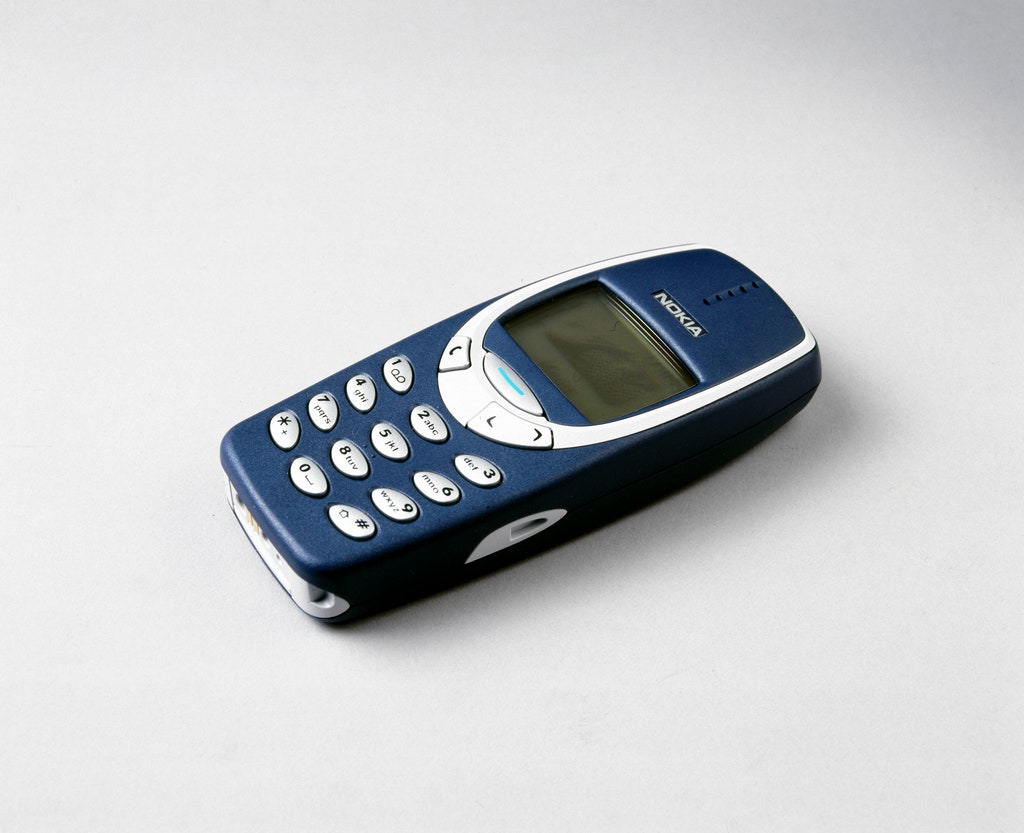
Though the government has taken innovative steps, Pakistan is still unable to completely realize its digital potential due to structural deficiencies and a lack of direction. As 3G approaches the end of life, Jazz CEO Aamir Ibrahim suggests that 4G’s scope can be extended. However, the truth is that nearly 90% of mobile phones produced in the country are compliant with 2G technologies.
He noted that there will be no obvious usage of 5G in the coming years, but added, “We must bear in mind that we need at least 60% 4G among all customers before switching to 5G.”
No wonder, with the influence of their mobile phones, 200 million Pakistanis are building a new Pakistan. Change is now taking place.
Pakistani culture is evolving, but some of the most dramatic changes in terms of information distribution, business facilitation, and how we communicate with one another are happening behind the scenes, thanks to pervasive cellular technology.
The journey to digitization begins with infrastructure layers much like a train, we need a solid digital infrastructure with good fiber and stable 4G at a reasonable pace.
CEO Jazz said that “We must agree that a shortage of decent mobile phone sets is one of the major impediments to the country’s internet development. Pakistan has a policy on the manufacture of cell phones, but the emphasis should be on the assembly of smartphones rather than 2G-compatible phones. About 53% of all SIM users now use 2G devices”.
Here's why old mobile phones are barrier to growth


0 Comments